HISTORIC! NASA's IXPE captures Crab Nebula like never before
The Crab Nebula has been seen like never before, courtesy NASA's IXPE techniques.
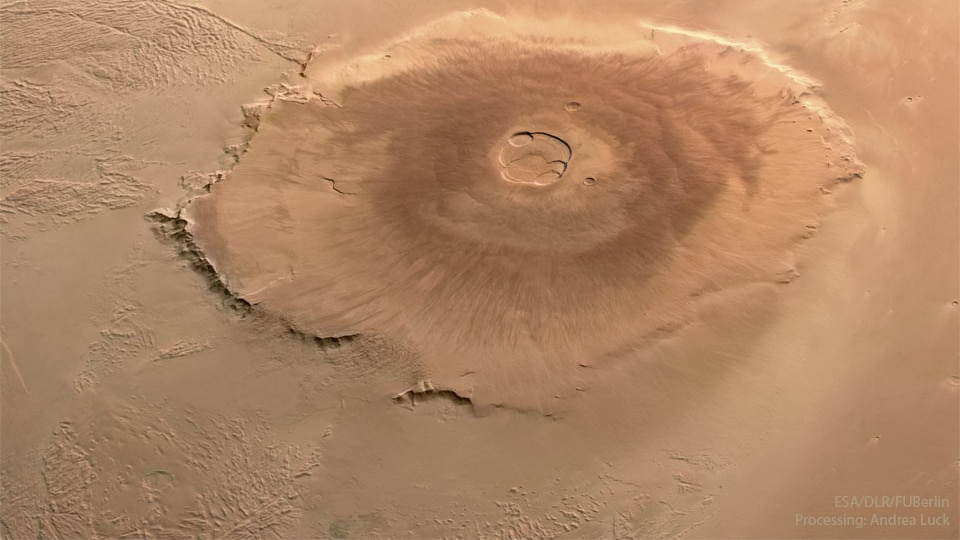
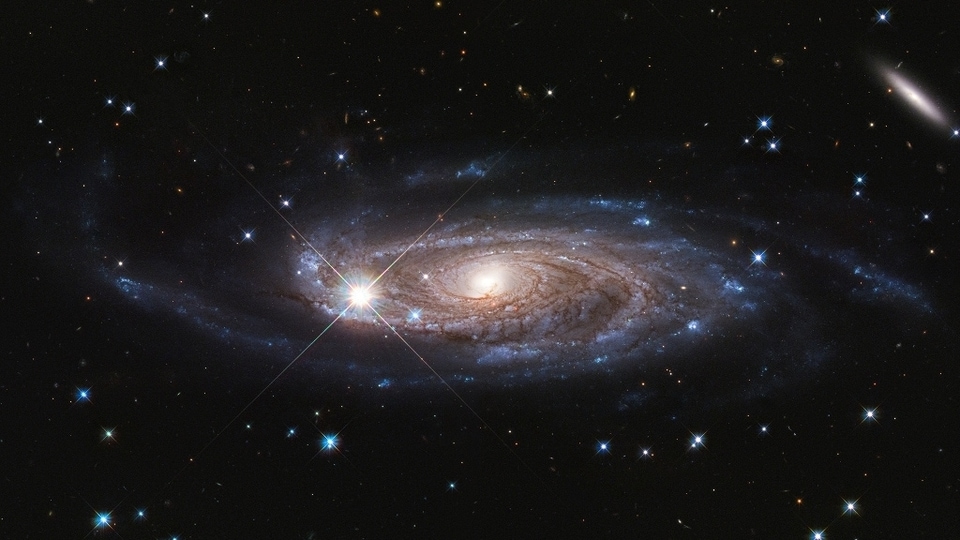

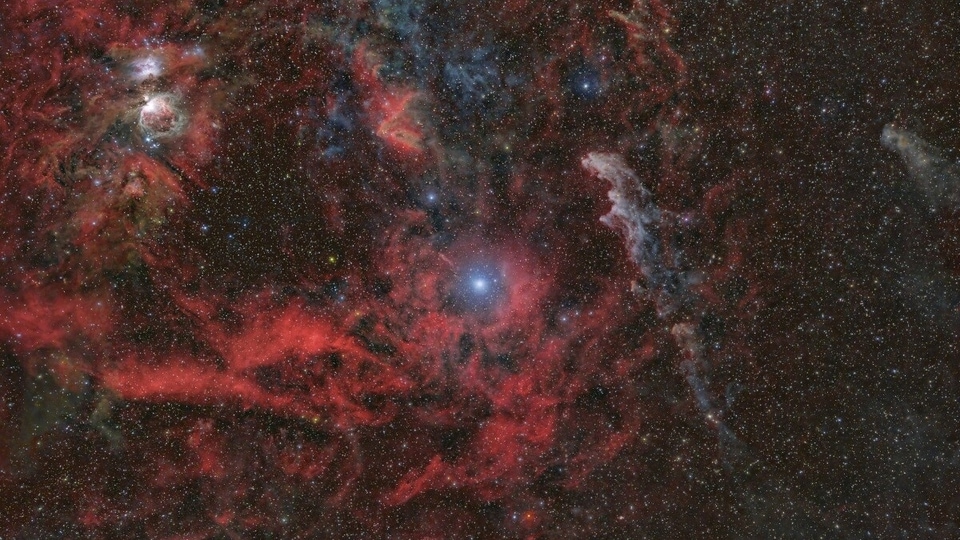
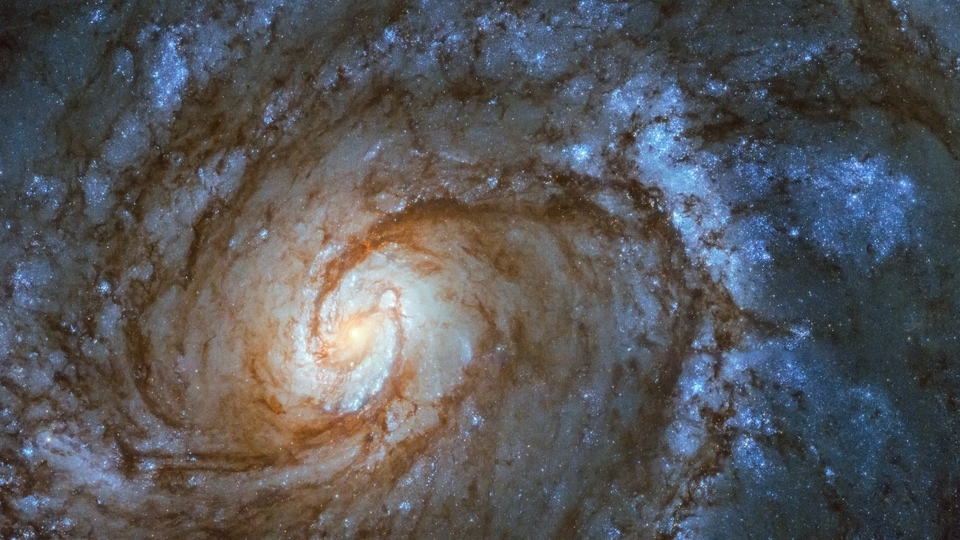
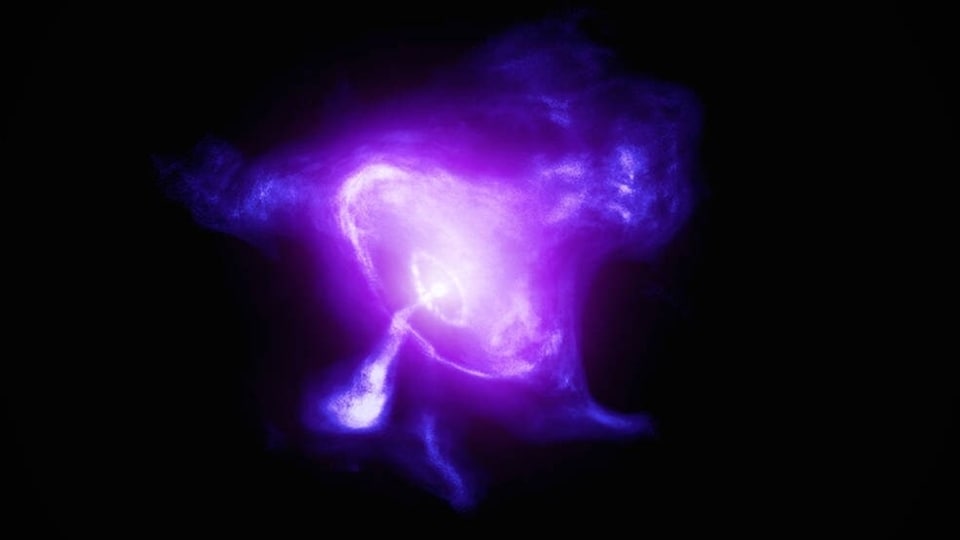
 View all Images
View all ImagesThe Crab Nebula has been part of several studies by astronomers. It began back on February 22, 1971, when a sounding rocket took off carrying specialized sensors directed towards the Crab Nebula from Wallops Island, Virginia. Later on, Martin Weisskopf, an astronomer, suggested the creation of an Earth-orbiting satellite, equipped with advanced instruments to obtain more comprehensive data on the Crab Nebula and other enigmatic cosmic entities. This idea eventually emerged with NASA's Imaging X-ray Polarimetry Explorer (IXPE), which was launched on December 9, 2021.
Following over five decades since the sounding rocket trial, scientists have used IXPE to produce a comprehensive and intricate depiction of the Crab Nebula's magnetic field, revealing more about its inner mechanics than ever before. According to IXPE findings, the Crab Nebula's magnetic field structure bears a resemblance to the Vela Pulsar Wind Nebula, taking on a similar donut shape. However, scientists were taken aback to observe that in the Crab Nebula, patches of magnetic turbulence were more unevenly distributed and asymmetrical than anticipated.
More about Crab Nebula
The Crab Nebula is situated in the Taurus constellation, a staggering 6500 light-years distant from Earth, and was formed as a result of a supernova recorded in 1054. The aftermath of the explosion left behind a dense object known as the Crab Pulsar, which is about the size of Huntsville, Alabama, or the length of Manhattan, but possesses a mass equivalent to two Suns.
Tech behind Crab Nebula images
With the hope to understand the extreme environmental conditions of the Nebula, they used the polarization of X-rays emanating from the Crab Nebula, which emits a brilliant X-ray glow. The polarization of X-rays provides scientists with indications regarding the orientation of the magnetic field in different sections of a cosmic entity and the degree of orderliness of the magnetic field. "The magnetic field's geometry and turbulence determines how particles get catapulted toward the speed of light," NASA explained. On average, the Crab Nebula exhibits a polarization level of roughly 20%.
The Crab Nebula, a mysterious supernova remnant, has been the subject of research by several large telescopes in recent times. However, the unique capability of studying X-ray polarization, which is a measure of the organization of electromagnetic fields, from the Crab Nebula is exclusive to IXPE, NASA explained.
Catch all the Latest Tech News, Mobile News, Laptop News, Gaming news, Wearables News , How To News, also keep up with us on Whatsapp channel,Twitter, Facebook, Google News, and Instagram. For our latest videos, subscribe to our YouTube channel.































